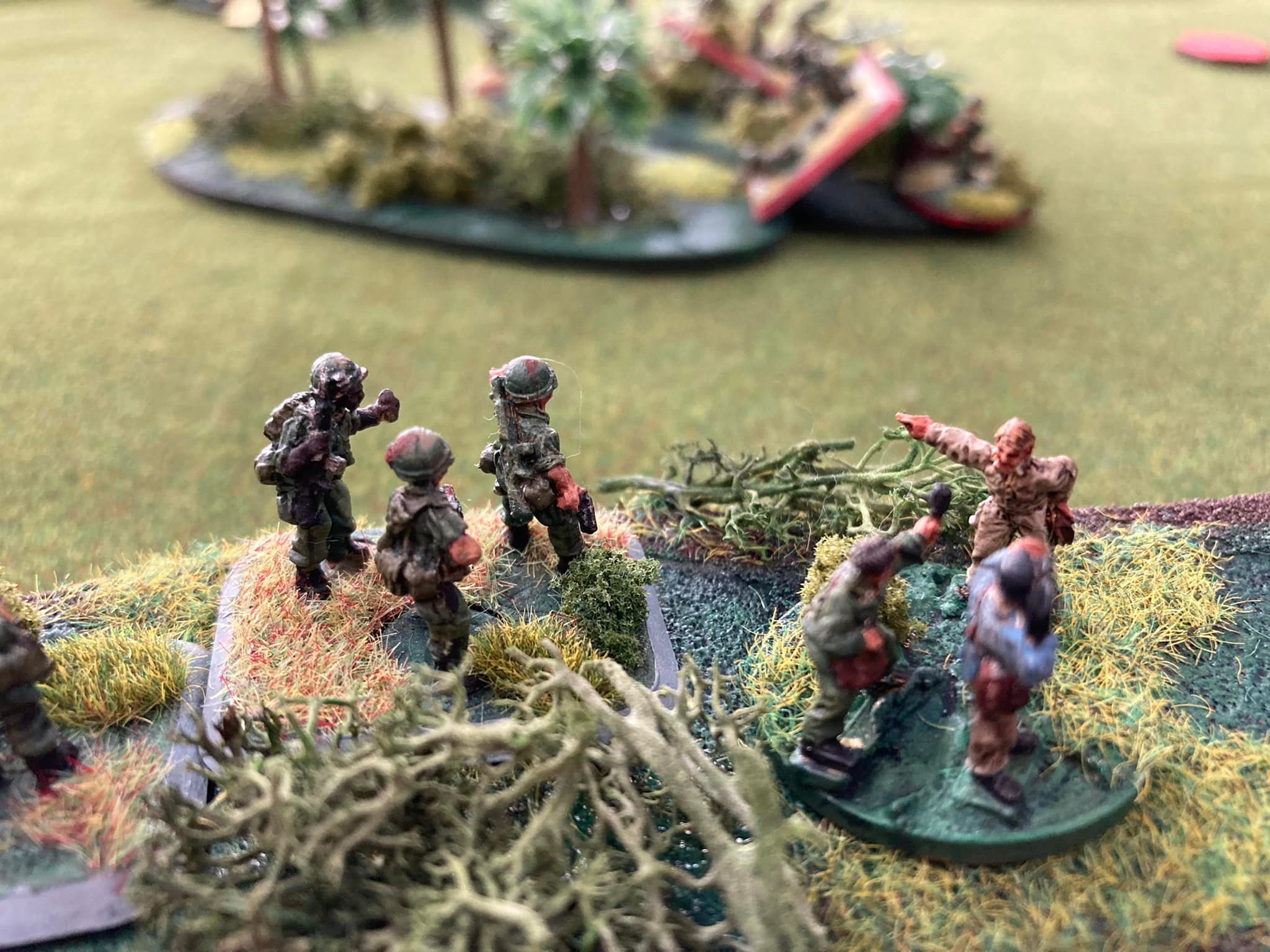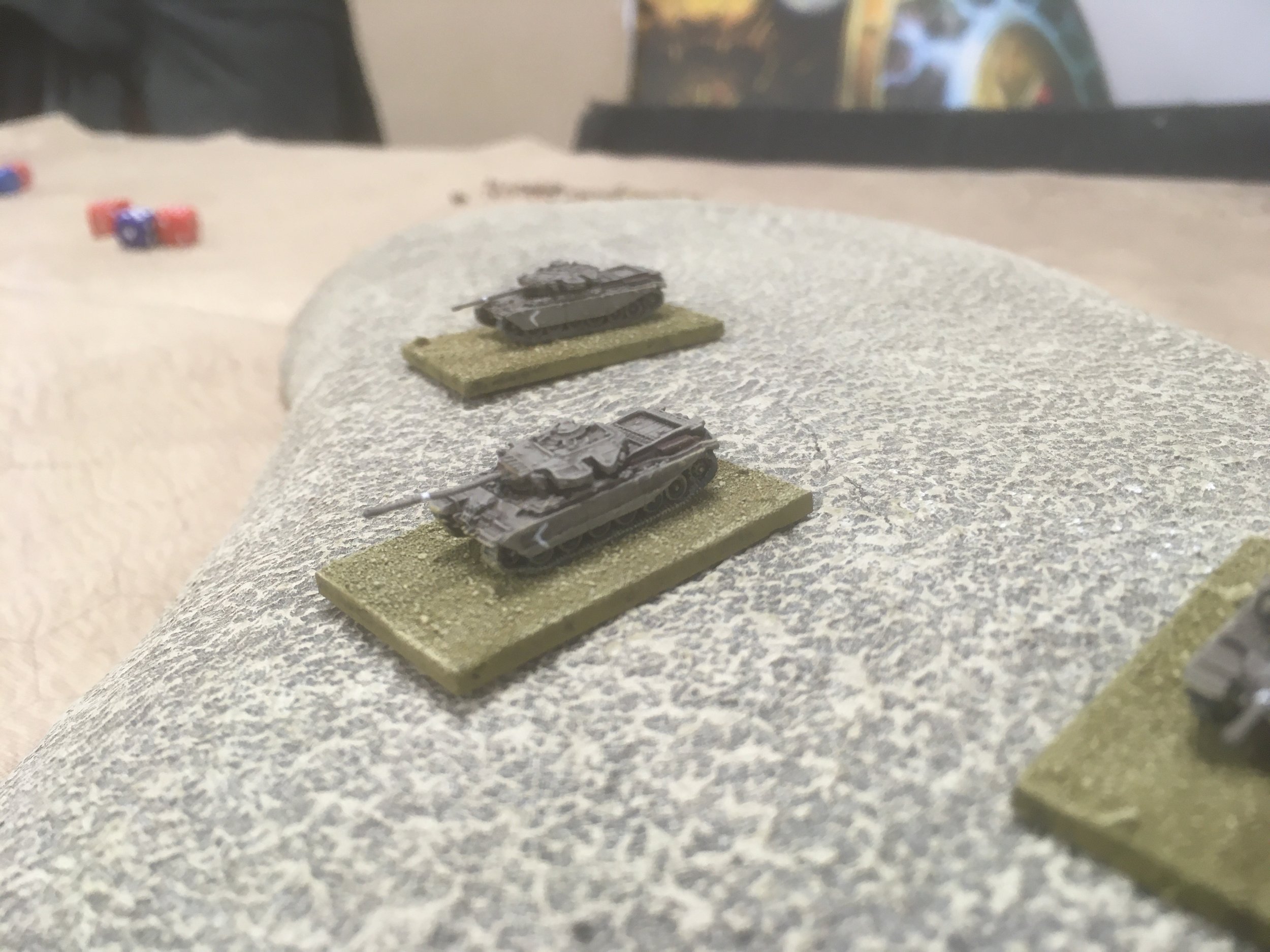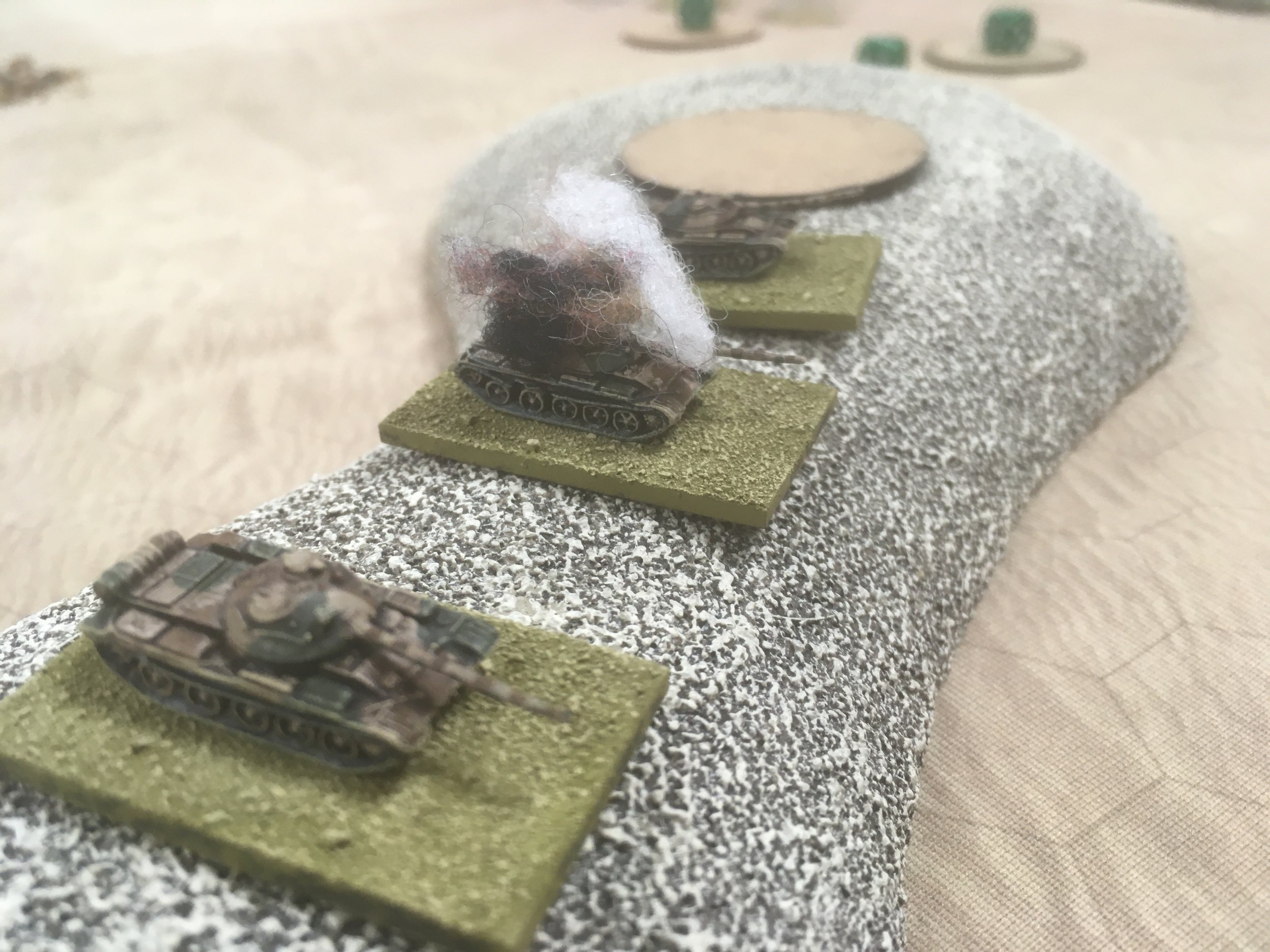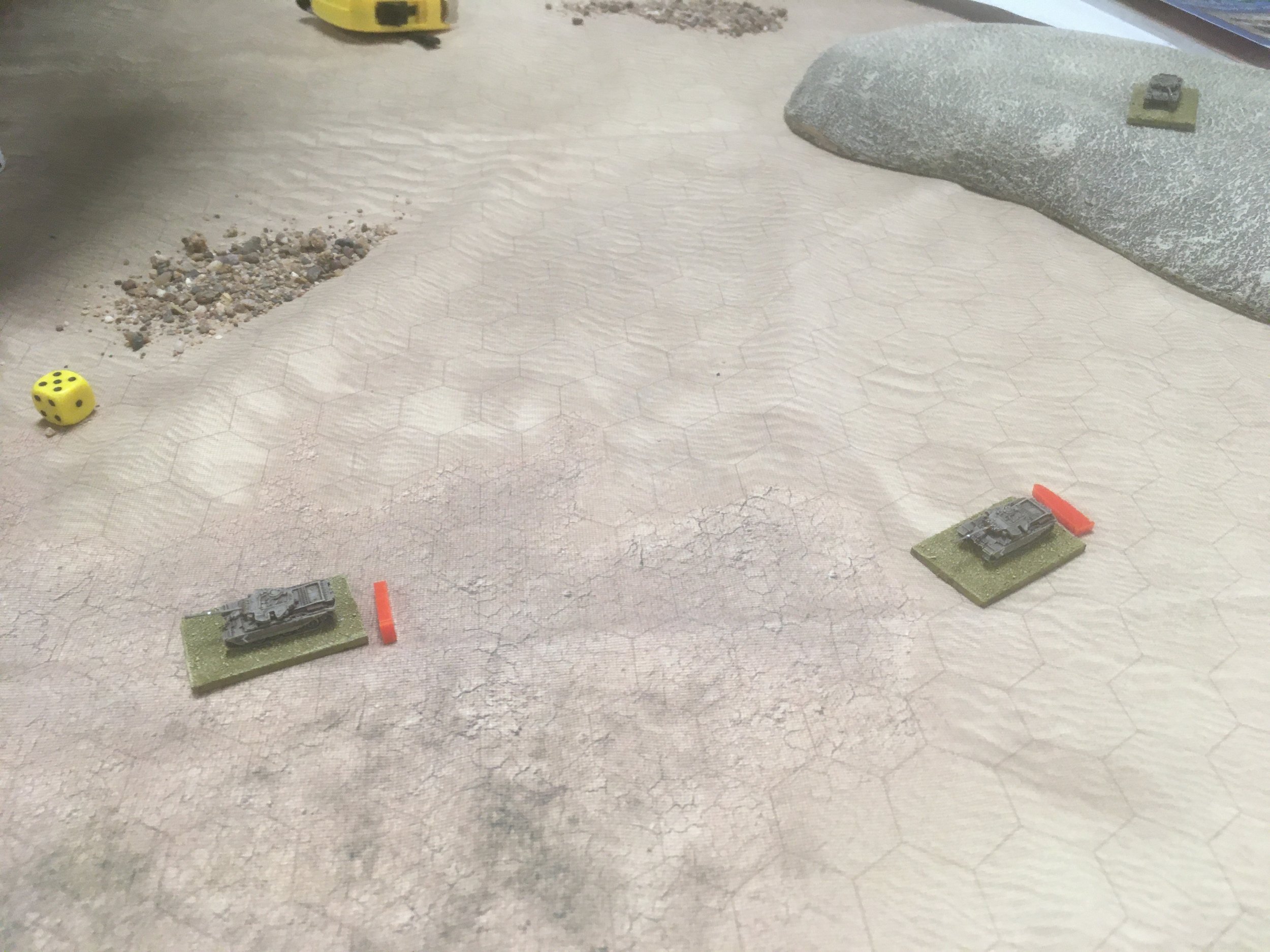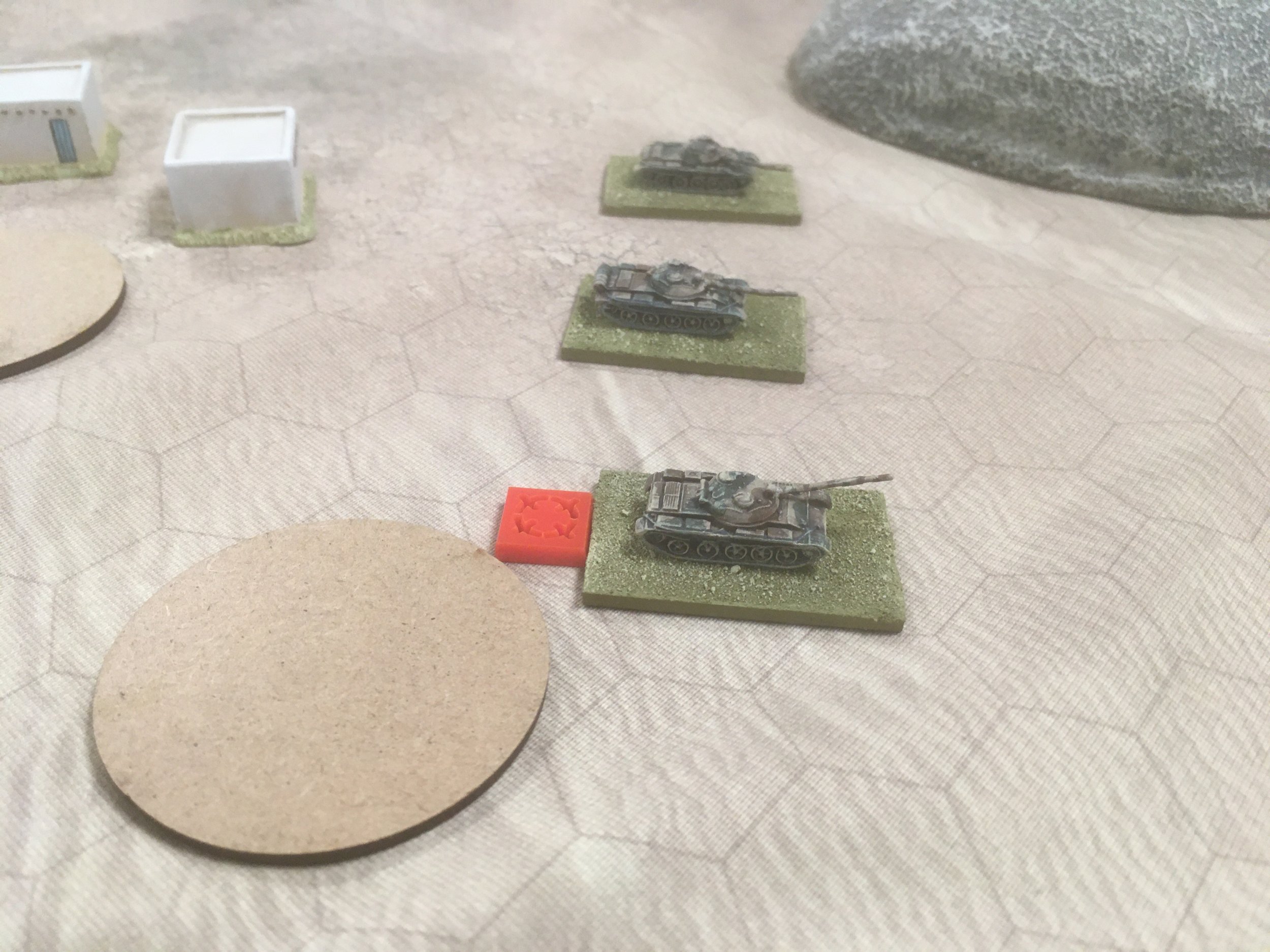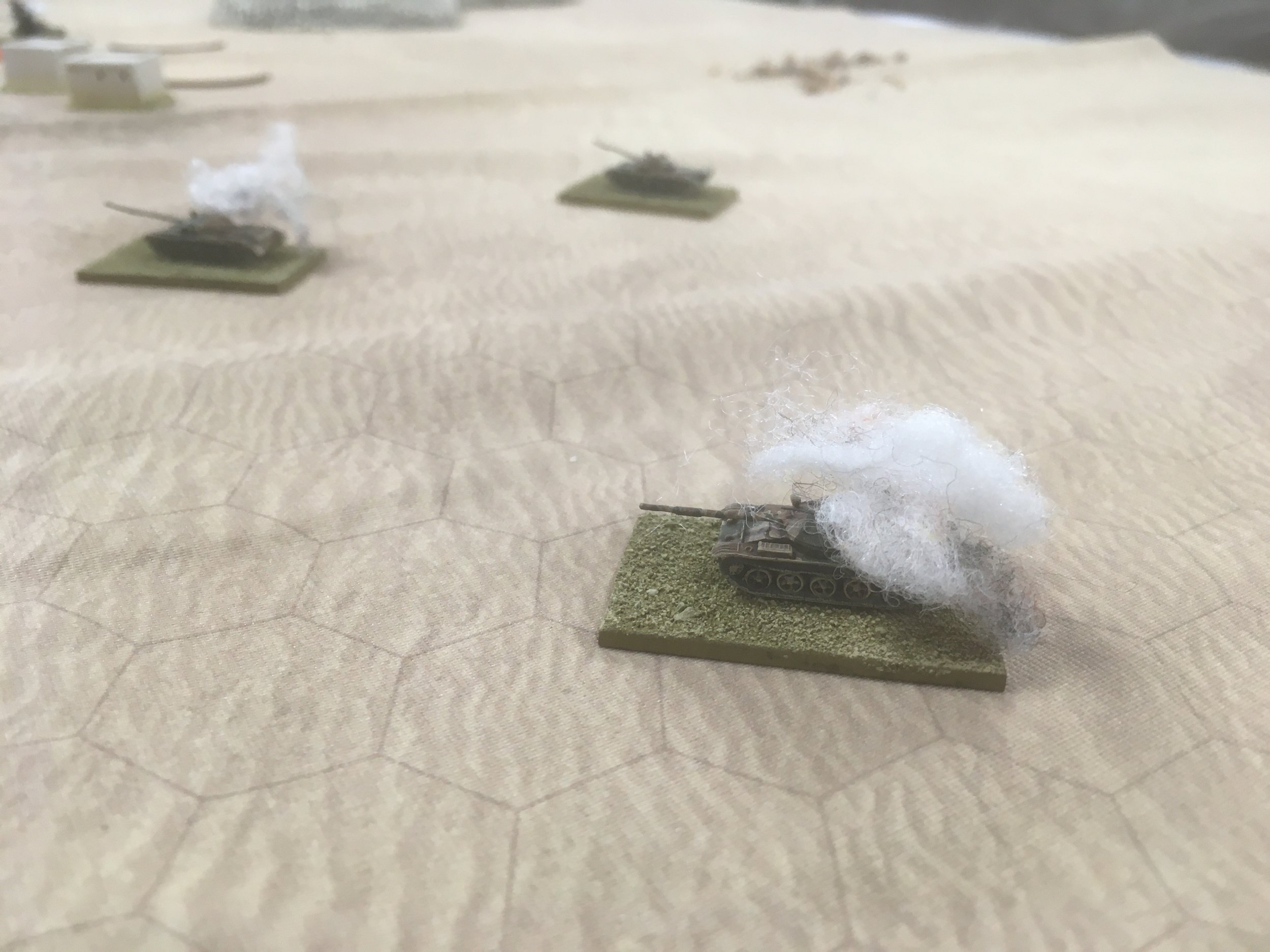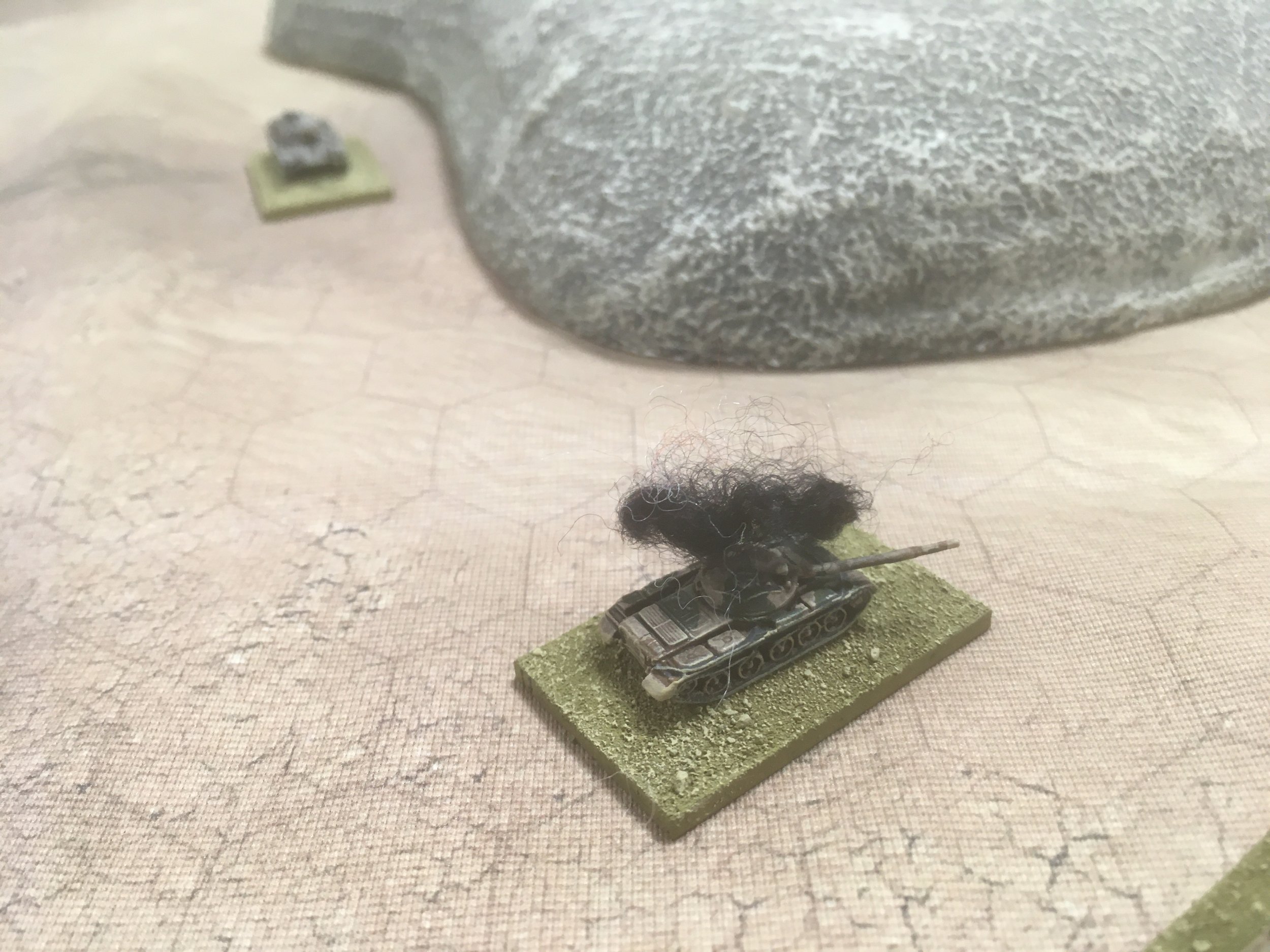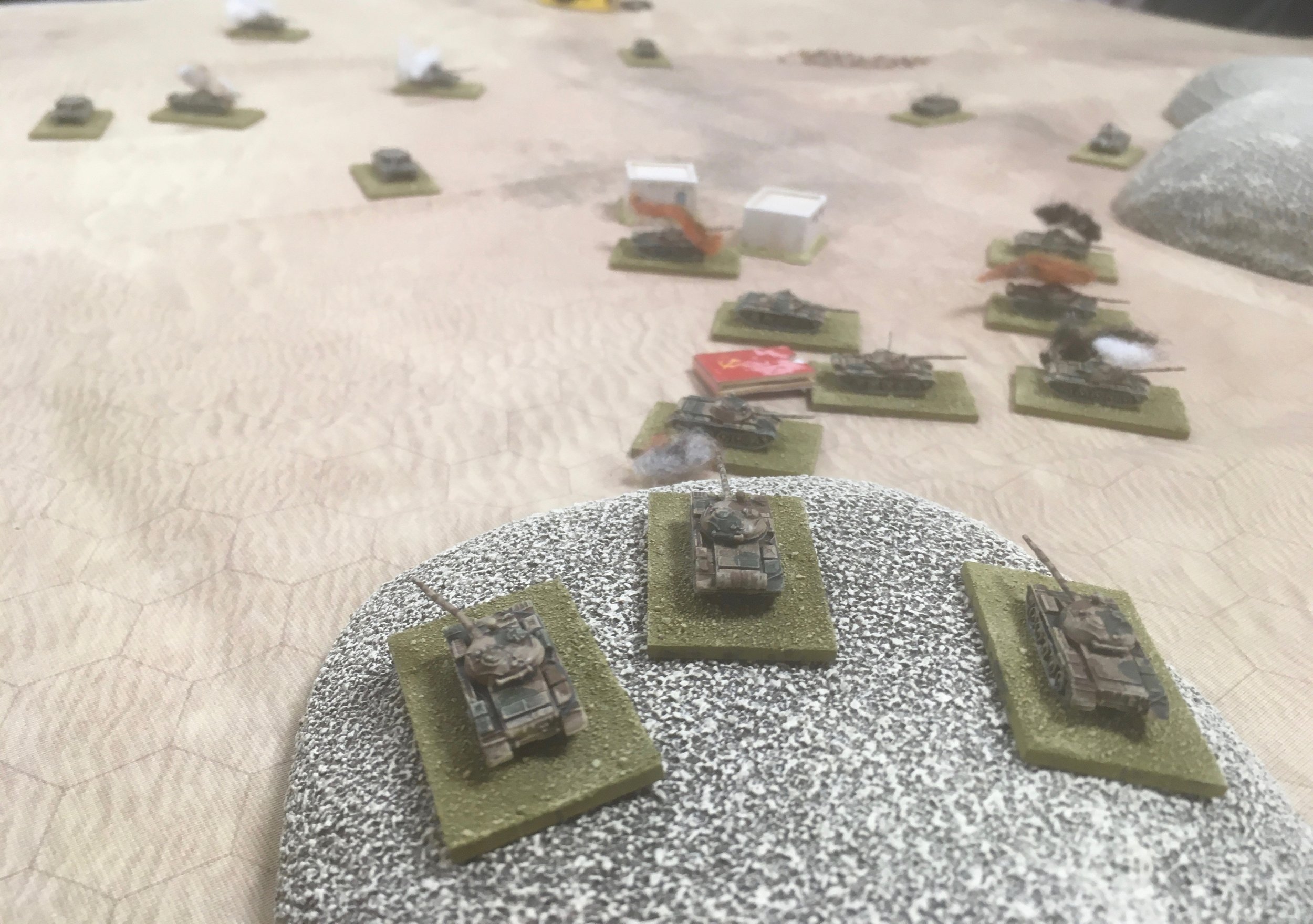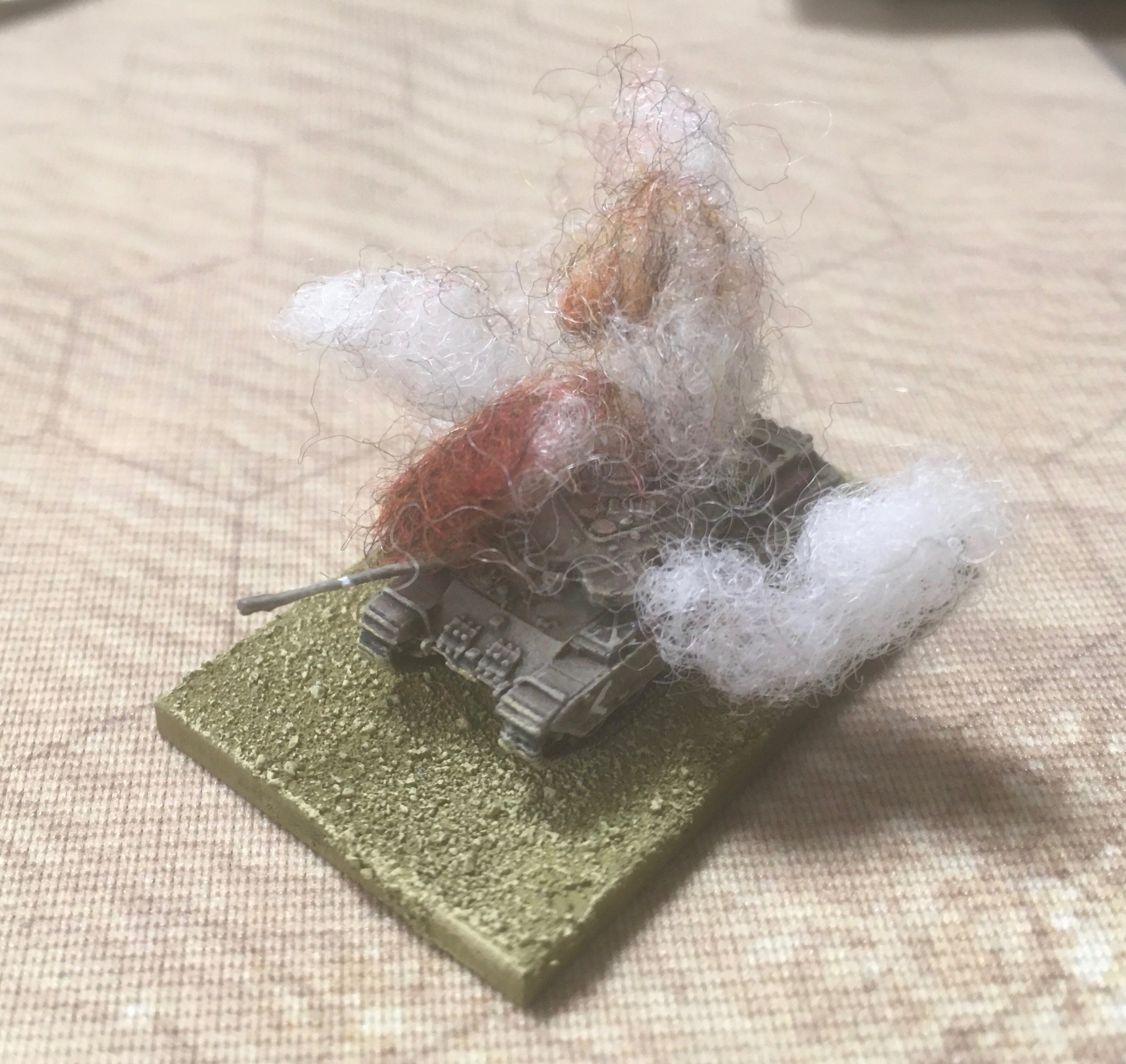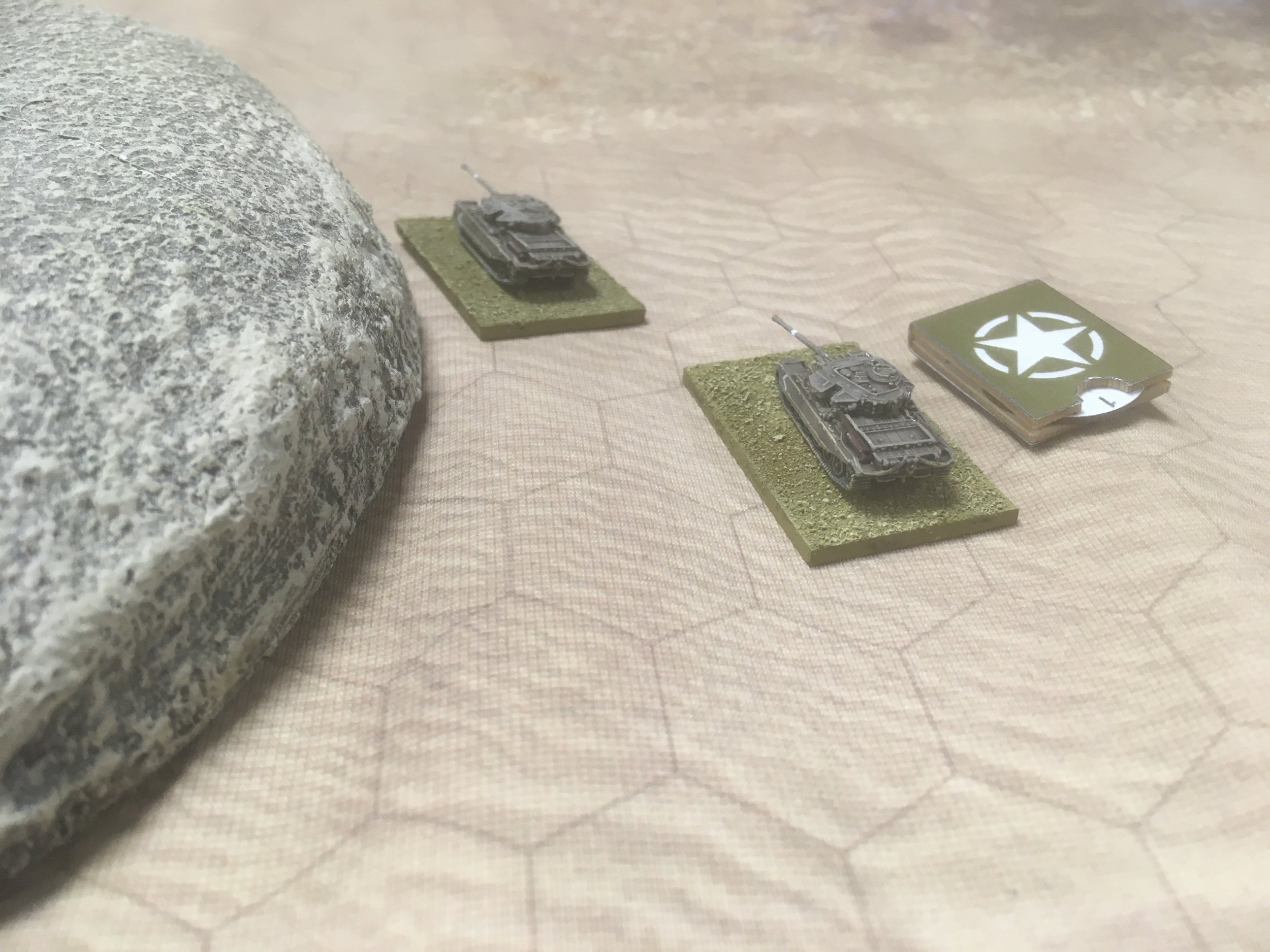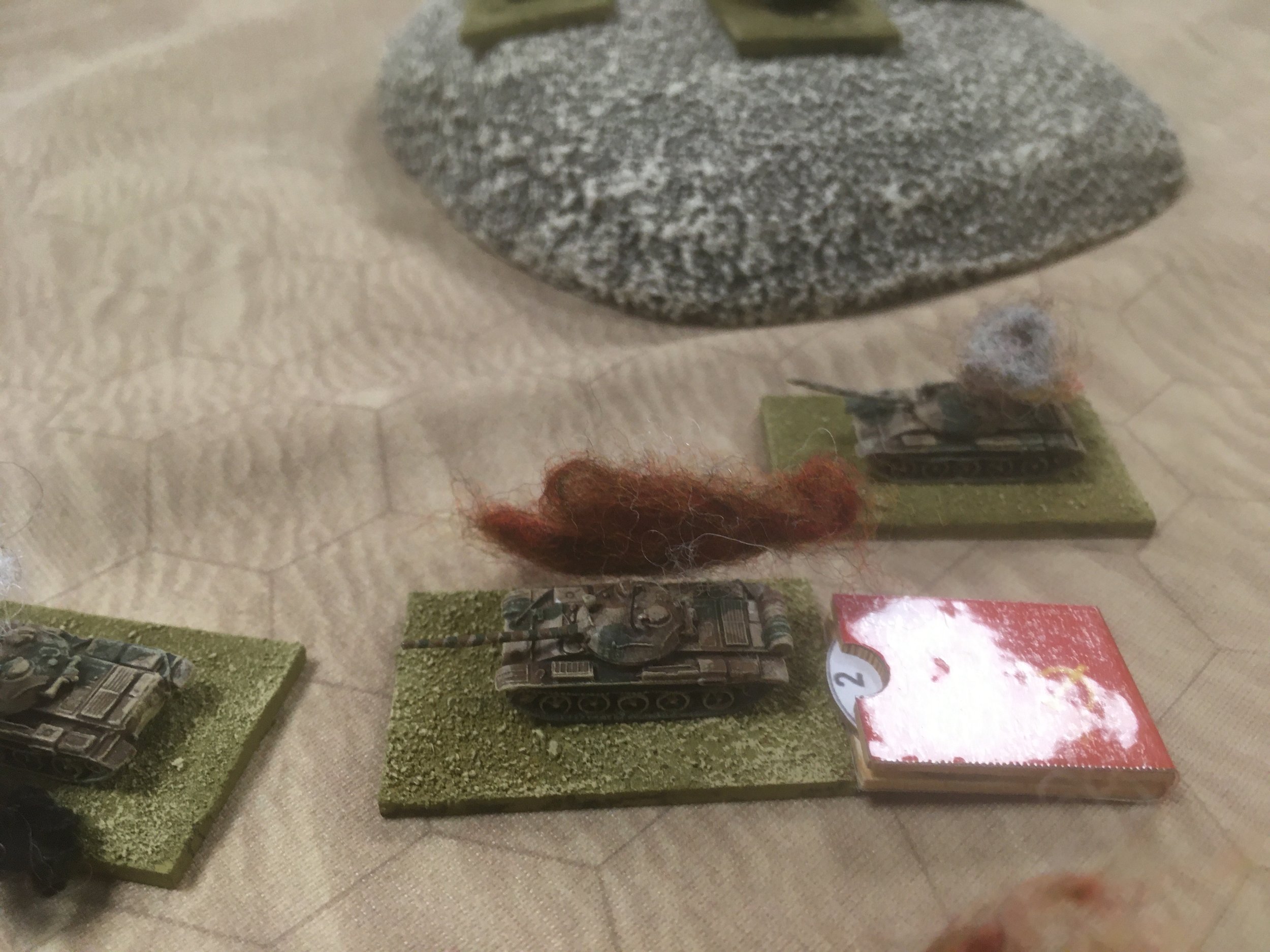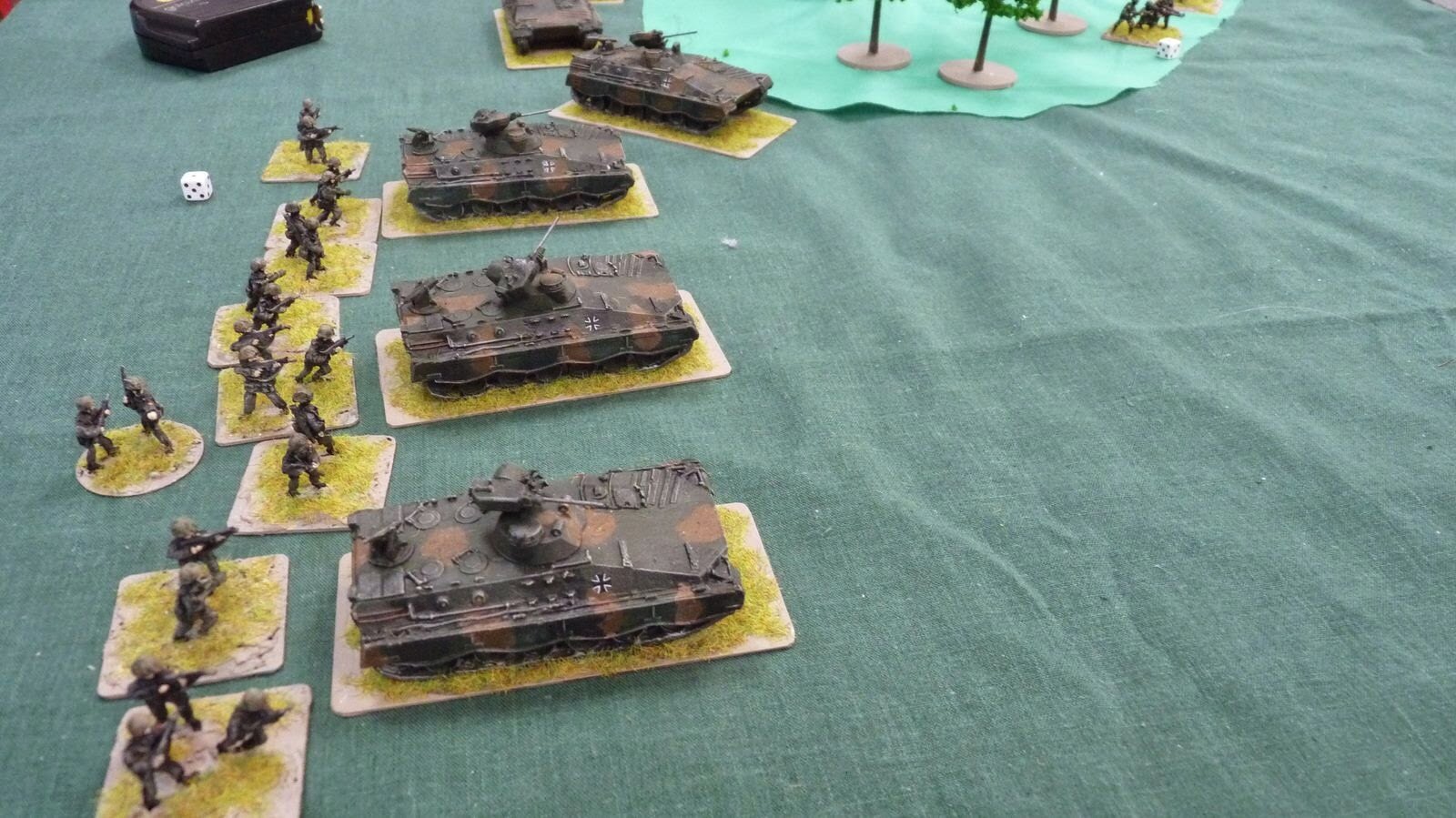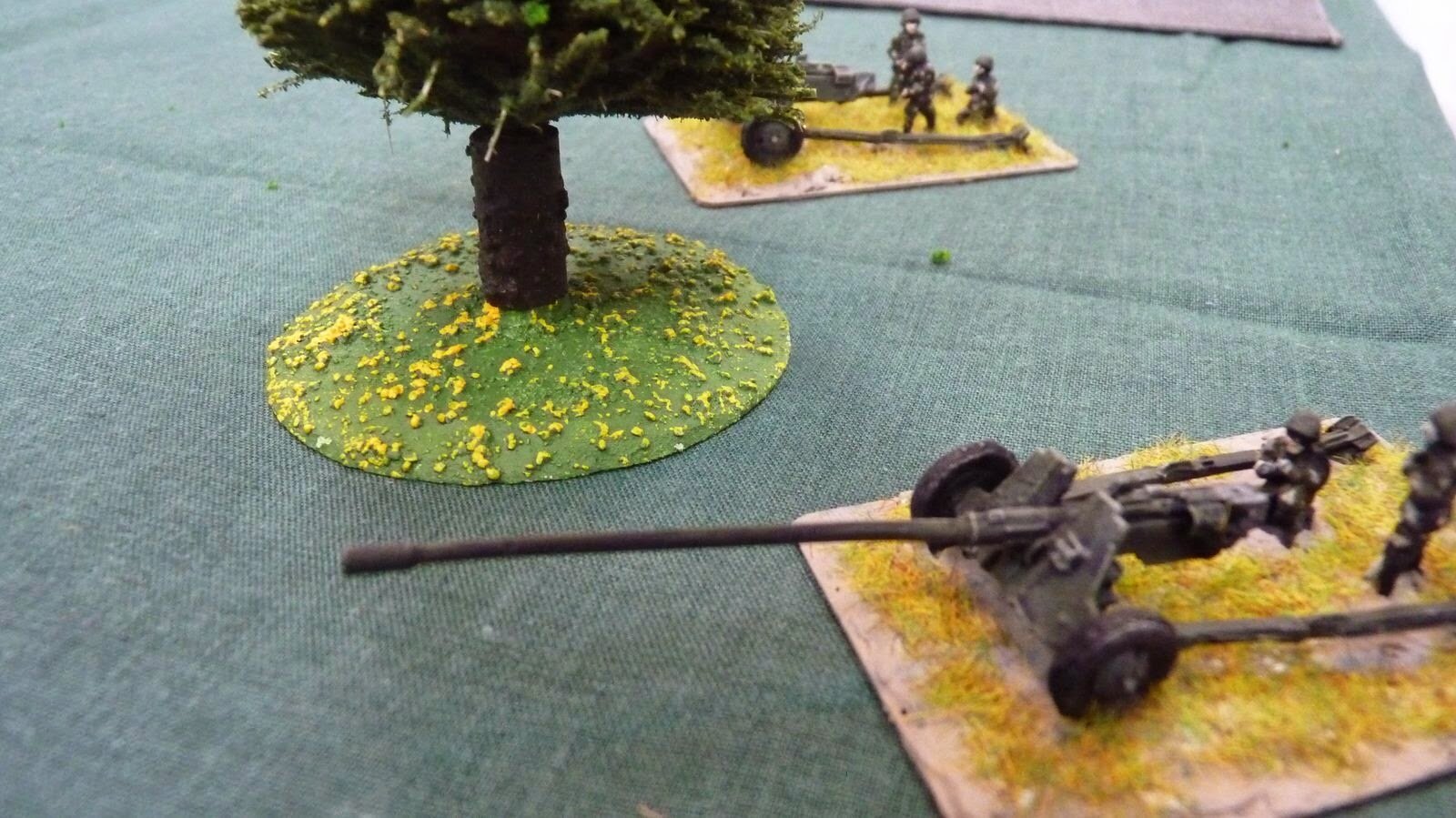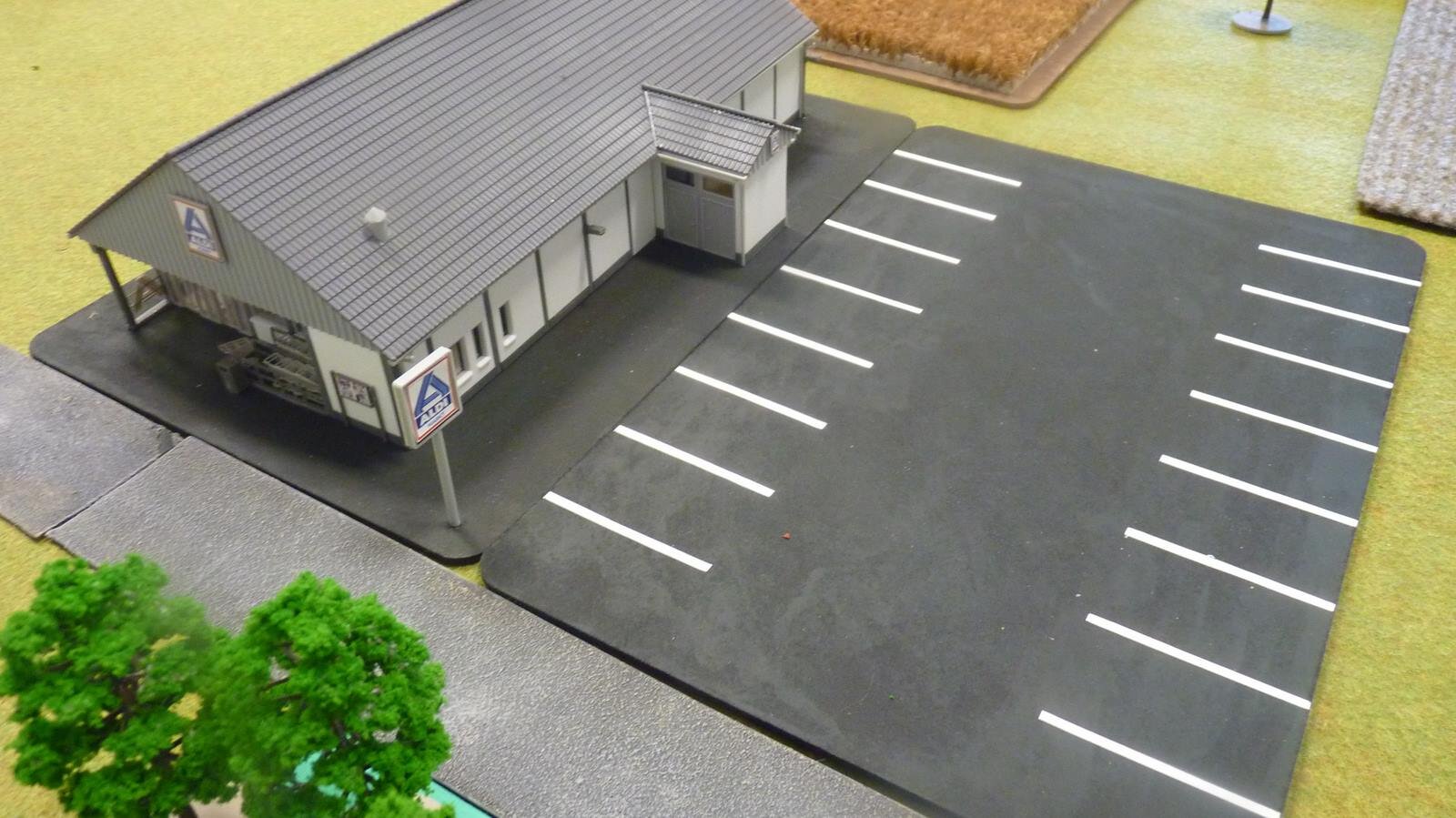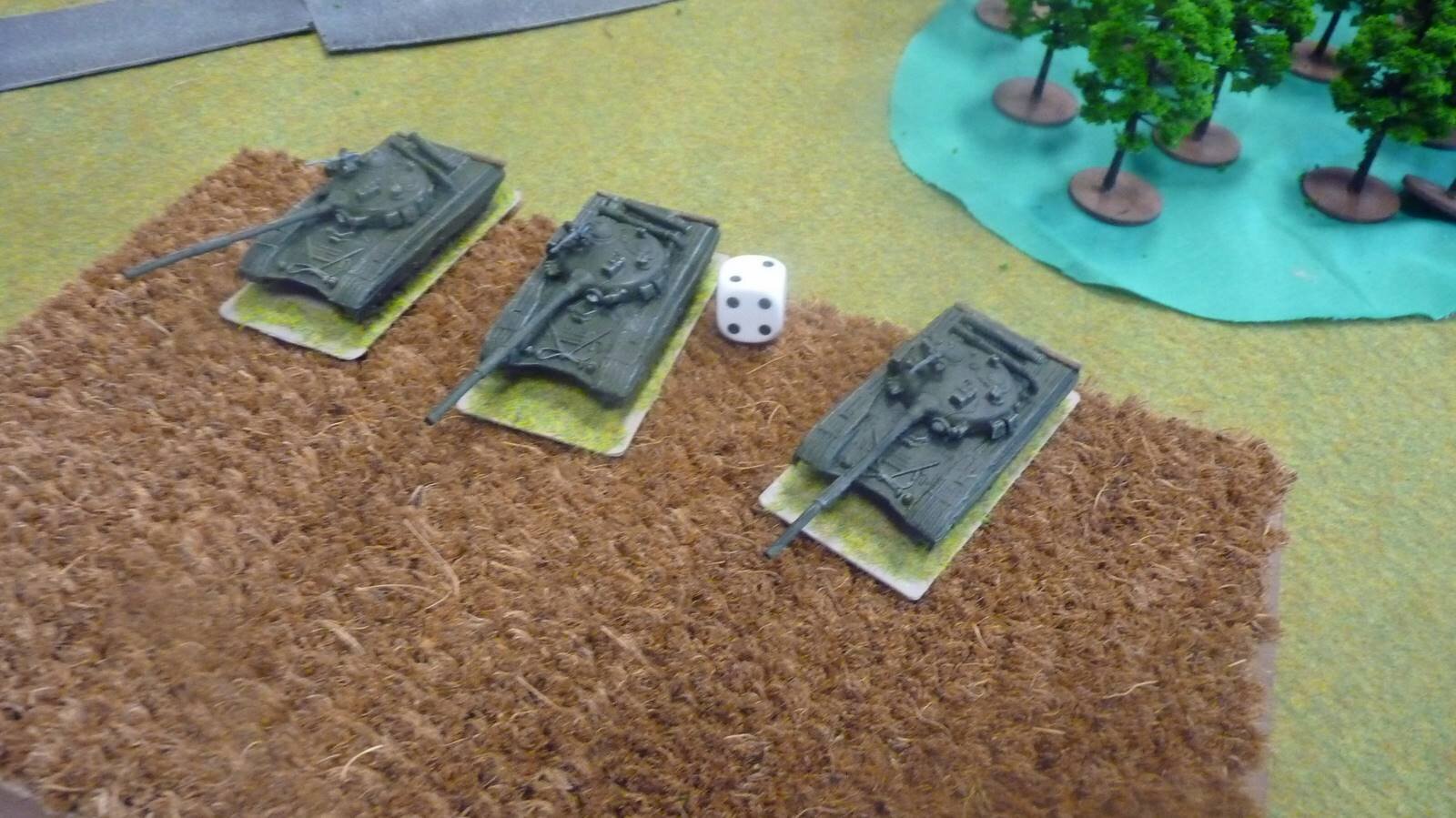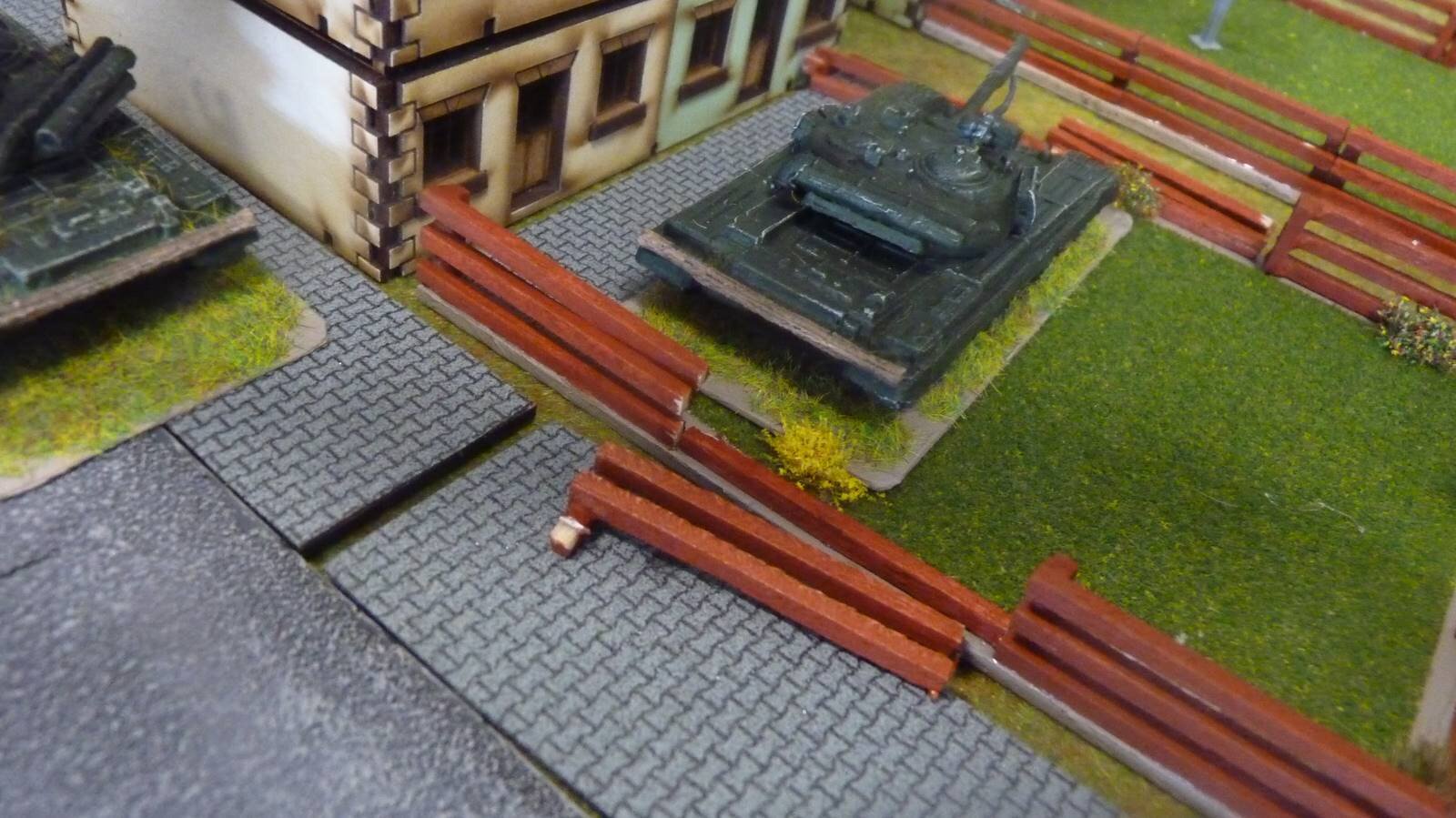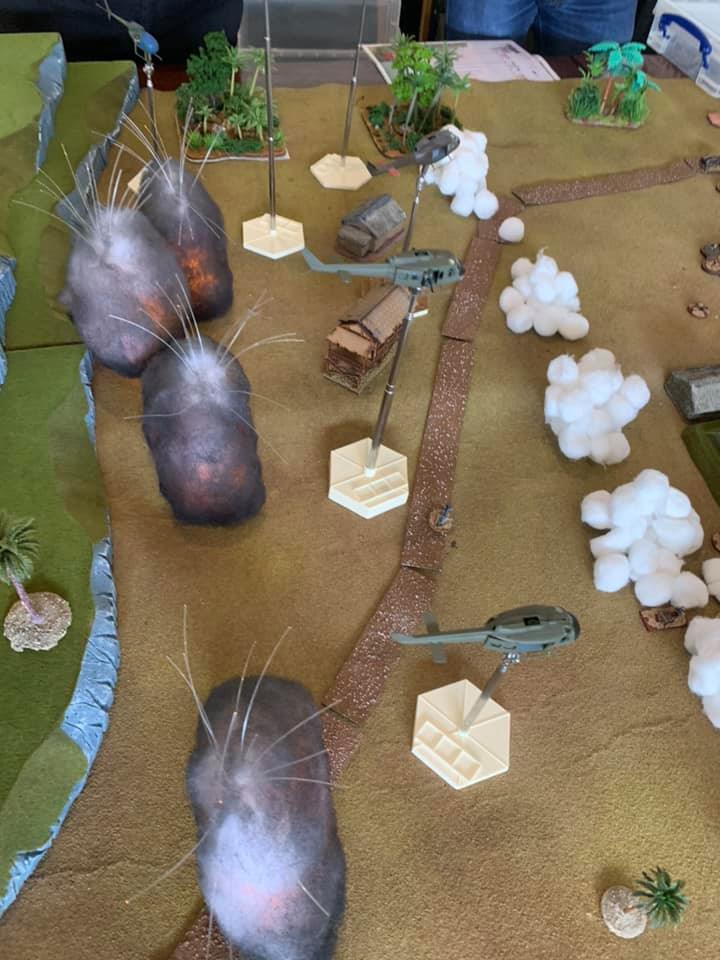Up to this point the US and ARVN forces had killed six VC and lost five men dead. They had discovered weapons and food in the hamlet and most importantly the tunnel complex. The discovery of the latter was solely due to Pac Choi’s emergence and parting ambush before he ran for the border. Had he simply slipped away it is likely that the Free World forces would have missed the tunnels. A further dozen VC were cut off from their exit route, six being captured by the ARVN Rangers. So the operation was a military success for the Free World Forces, but verging on a political victory for the VC due to the losses they inflicted. Had Butch Taylor relied on his firepower rather than going in with the bayonet he’d have saved the lives of three men and won a complete victory.
The game was designed to test some of the victory conditions in the rules which, as suggested above, are two-fold; military and political. One of the things that has taken the time with developing Charlie Don’t Surf is getting the game to tick two key boxes that are interlinked. It must represent the reality of the war in Vietnam without being a parody, and it must give both sides a real challenge and an opportunity to get a victory on a very uneven playing field. It would be easy, far too easy to produce a game that is a parody of this complex conflict, and even easier if that parody was that seemingly appealing winner – the war as it “should” have been rather than the war as it was.
What do I mean by this? Well, one of the frustrations of any counter-insurgency campaign is that one side generally won’t play fair. The Free World forces in Vietnam were, above all else, seeking to bring the enemy to battle and defeat him. Had Charlie played ball and done the decent thing, standing up and fighting, then he would have been in big trouble. So quite naturally he stuck to his own game plan.
This can be a real issue for wargamers and in particular game designers. We could make the assumption that in our games Charlie is particularly rough, tough and nasty and ready to play the stand-up fight game, and then the Free World forces could deploy all of their very sexy assets to gun him down wit style and aplomb. Easy rules to write, easy game to play, probably very popular, but frankly a complete load of hog wash. Nothing more than a Vietnam version of ‘Whack a Mole’, with Charlie popping up from his tunnels and Rambo blasting him to the Stone Age.
The real challenge in designing Charlie Don’t Surf has been to develop a game where both sides can fight their own war; where both have strengths and both have weaknesses and both need to attempt to dominate the battlefield by developing their plans to take these into account. The net result this far is a game where the double whammy of a military and political victory is hard to achieve, where there is frustration on the ground as the enemy won’t do what you want him to do, but where by playing to your own strengths, by clear thinking and careful planning either side can dominate the battlefield if his opponent allows him to.
Critique
This was a “nearly but not quite” operation for the US forces. They lost too many men, largely due to the lunatic charge when firepower would have done the job better. They were too late bringing in the ARVN platoon; in essence the hammer was striking before the anvil was in place and that allowed many VC to leave the table unchallenged. Part of this was the limited size of the LZ stopping a fast deployment. All the more reason for putting the ARVN in early.
For the VC a failure to concentrate their forces meant that they never really hit hard in any one place. They did, however, take full advantage of their ability to sneak off and set up another ambush. Bizarre they left two HMGs they had in the tunnels, the extra firepower could have really hurt the US forces. What has been interesting over the months of playtests has been watching the players learn to use the correct tactics. The US forces are aware now that avoiding ambushes is almost impossible, so you move tactically to limit their effects when they are sprung. You also make sure that the supporting troops are close enough to add their firepower when it is needed.
The VC players are really learning to hit hard and then slip away. They now know that in the confusion after the ambush the US player’s knee jerk reaction is to form a base of fire and get himself organised, providing the VC with valuable moments to simply disappear. Our game saw a full company of US forces (the weapons platoon was off-table with its mortars) plus an airmobile platoon of ARVN Rangers and a Huey Hog gunship in support faced with just two platoons of Main Force VC imbalanced game if we were to use any points system, and yet the VC came very close to winning a political victory, and could easily have avoided handing the US a complete military victory if they had not given away the position of their tunnel entrance in the final moments. What was more both sides really enjoyed the game.
Great game for me as umpire. My enthusiasm for these rules is almost boundless at present and I get a real sense of satisfaction as we finally declare the rules watertight and now move on to work on the final presentation and wording. After eight long years it seems that Charlie will, at last, surf. Projected release date is May.
Richard Clarke






